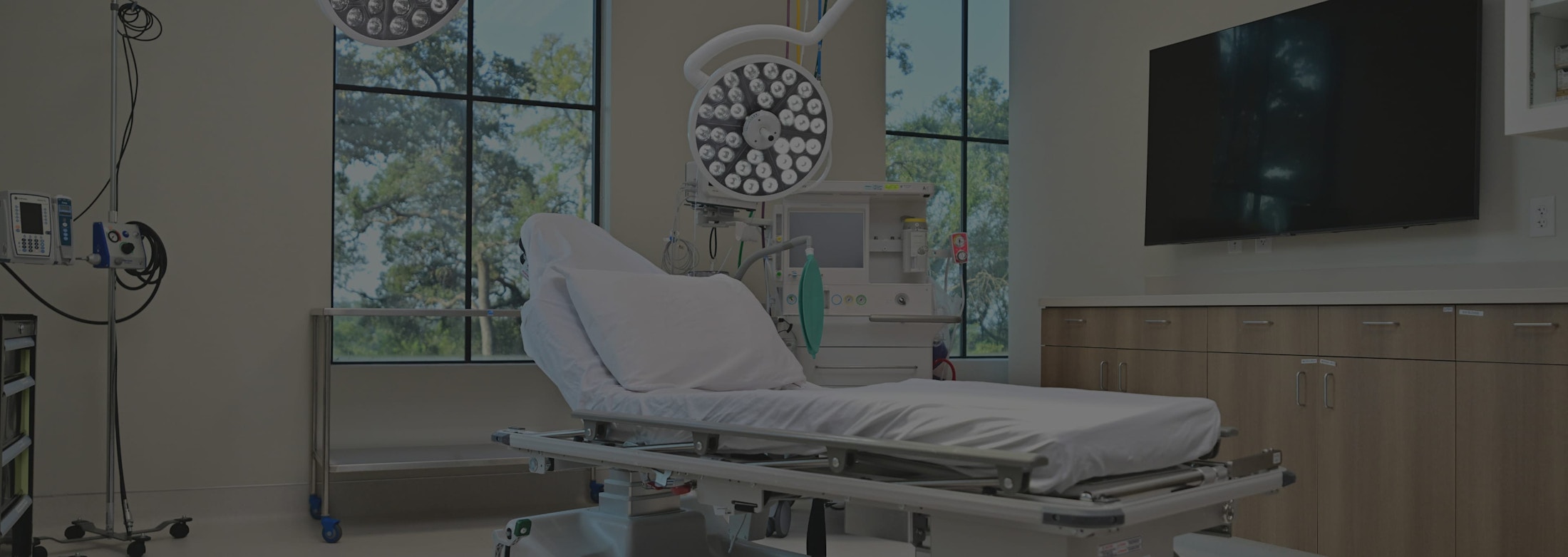What Is "Ozempic Face"?
Over the past several years, weight loss drugs like Ozempic are continuing to skyrocket in popularity. “Ozempic face” is a term used to describe the aged facial appearance that can occur after large volume weight loss. Ozempic (semaglutide), Mounjaro (tirzepatide), and Trulicity (dulaglutide) belong to a family of drugs called GLP-1 agonists, which are known to promote rapid and large volume weight loss. While people taking these medications see a healthy reduction in body weight, they may also see concurrent facial volume loss, leading to facial hollowing and early onset facial aging.
As part of the normal aging process, the skin begins to lose its elasticity, facial fat diminishes, and wrinkles form all over the face and neck. Weight loss tends to make these changes occur at an earlier age and be more pronounced, creating a hollow, droopy, and aged appearance. At the Buckingham Center, we offer multiple surgical and non-surgical treatment options to improve this facial volume loss and tighten or remove the excess skin that can occur with Ozempic Face.














